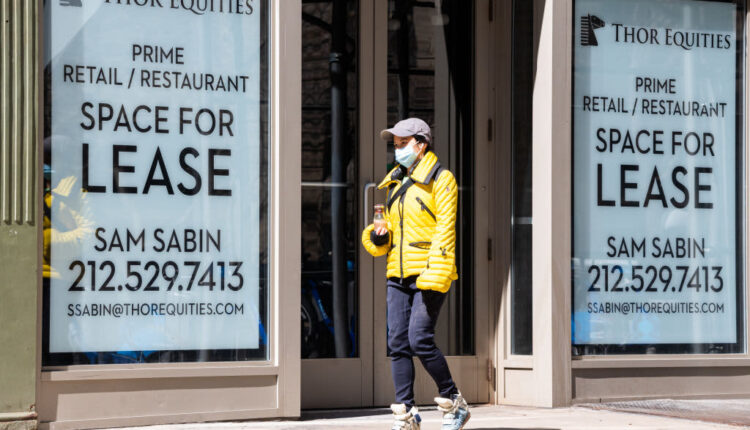First-time claims for unemployment insurance rose more than expected last week despite other signs of healing in the jobs market, the Labor Department reported Thursday.
First-time claims for the week ended April 3 totaled 744,000, well above the expectation for 694,000 from economists surveyed by Dow Jones. The total represented an increase of 16,000 from the previous week’s upwardly revised 728,000. The four-week moving average edged higher to 723,750.
The news comes a week after a sign of more aggressive healing in the labor market, as nonfarm payrolls in March increased by 916,000 while the unemployment rate fell to 6%.
That was the biggest job gain since August, though unemployment remains well above the pre-pandemic low of 3.5%.
Continuing claims provided some good news on the labor front, with the total dropping 16,000 to 3.73 million. That’s the lowest level for continuing claims since March 21, 2020, just after the Covid pandemic hit and companies instituted wholesale layoffs in conjunction with the economic shutdown. Continuing claims run a week behind the headline weekly number.
A year ago, that total was just 3.44 million but surged shortly thereafter due to massive layoffs in late March and early April.
California and New York accounted for most of the rise in jobs, with respective increases of 38,963 and 15,714, according to unadjusted data. Those increases were offset somewhat by a decline of 13,944 in Alabama and 10,502 in Ohio.
Economists said filing backlogs could be one factor driving the stubbornly high claims number, while spikes in Covid cases for some states also could be keeping filings elevated.
Markets reacted little to the data, with stock futures and government bond yields mixed.
Despite recent progress, Federal Reserve officials say much more progress is needed on the jobs front before they think about changing policy.
Minutes from the most recent Federal Open Market Committee meeting, released Wednesday, indicated a better outlook for the economy though a continued need for easy policy.
Fed Governor Lael Brainard told CNBC on Wednesday that the economic outlook has “brightened considerably” but there are still about 9 million fewer workers than there were before the pandemic. Central bank officials have said they want to see not only full employment but also inclusive gains across income, racial and gender lines.
“In that sense, we’ve got some distance to go before the outcomes are achieved,” Brainard said.
Enjoyed this article?
For exclusive stock picks, investment ideas and CNBC global livestream
Sign up for CNBC Pro
Start your free trial now


